Several US states are taking steps to facilitate the formation of publically owned banks, as part of the recovery from the pandemic.

So what
Local businesses and state and local governments have been hit hard by the economic cost of the pandemic, but have not been able to benefit from emergency support by the Federal Reserve. This has focused on buying corporate debt and has mostly been of use to large corporations. And while local governments can extend credit to their communities through loan funds, they can only lend the capital that they have – which is at a low due to the shrunken tax base.
Banks on the other hand can borrow at the very low rate of 0.25% from the Federal Reserve, and leverage their capital by up to ten times to create loans. If a local government creates a publically owned depository bank, that translates to ten times more credit to inject into local economies, and to funnel to community needs. This advantage has been illustrated by the Bank of North Dakota, the only publically owned bank in the US, which moved fast to support workers and small businesses when the pandemic hit in 2020, in contrast to privately owned banks, who turned away.
A turn towards public banking has been hailed as a path towards the democratisation of finance, and a move towards financing that supports the real economy (in contrast to speculative or predatory investment practices). It could also provide a much needed boost to local economies, and reduce the reliance of local governments on giant, private financial institutions.


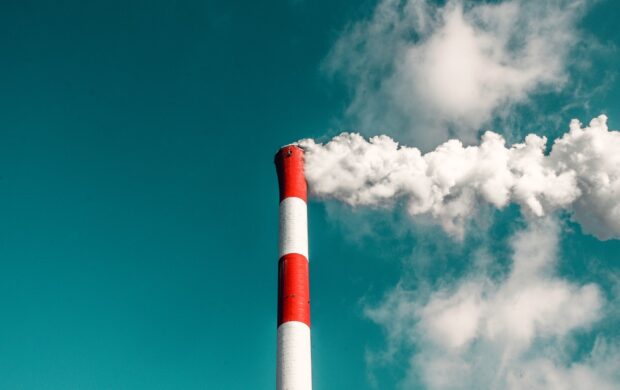



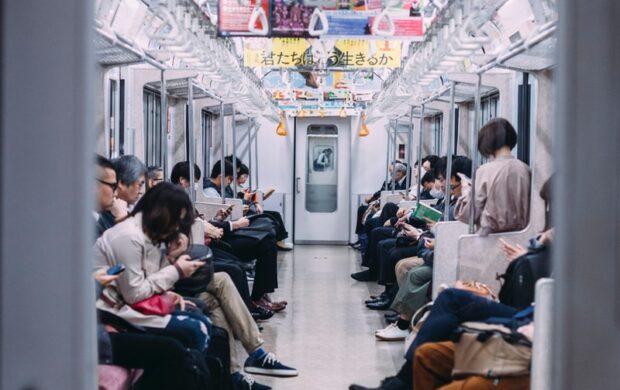
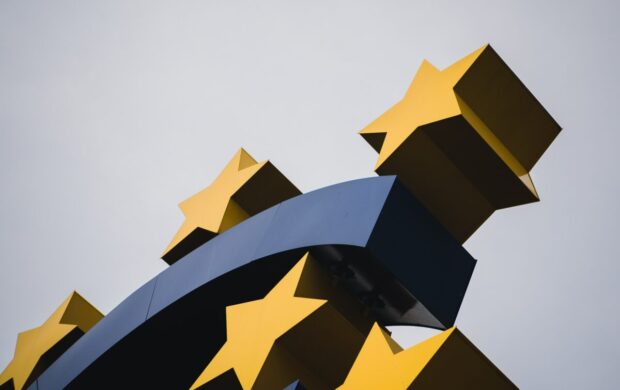
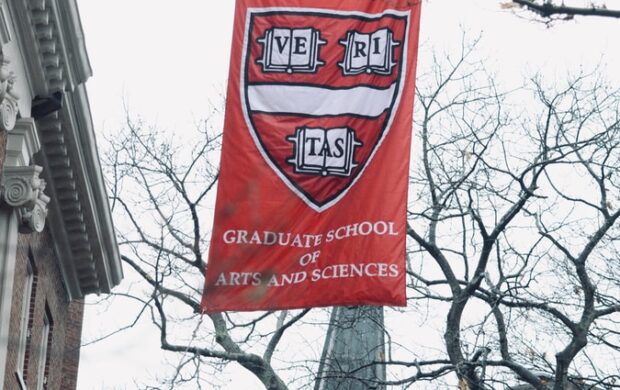


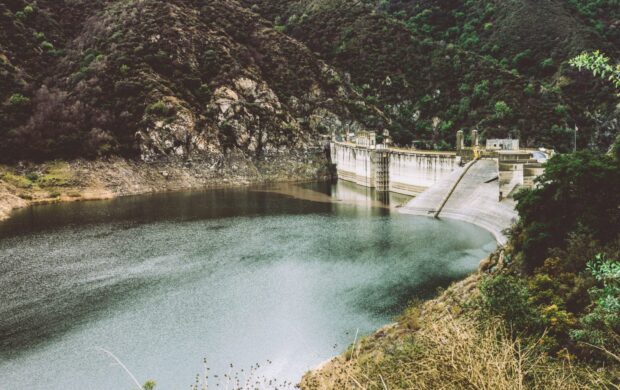
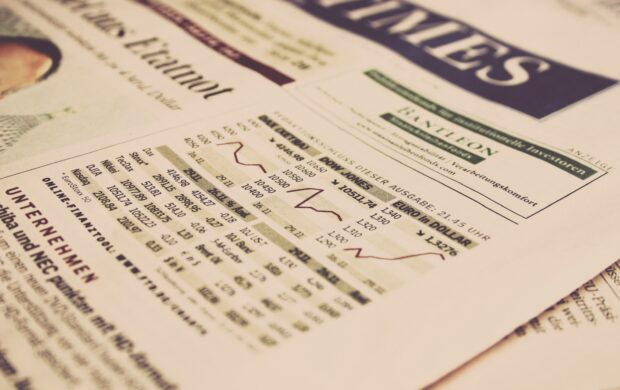


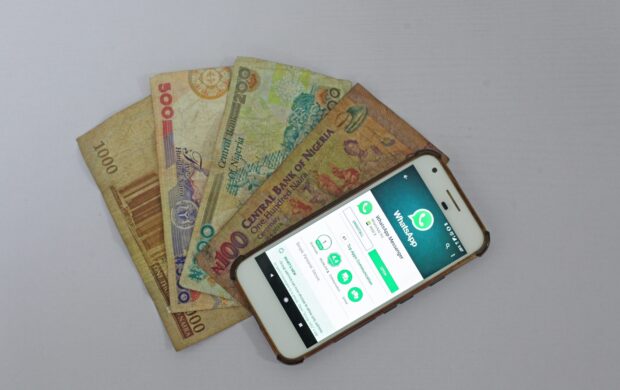





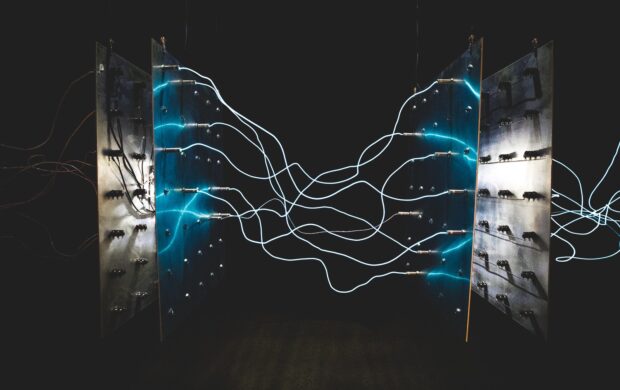

Join discussion